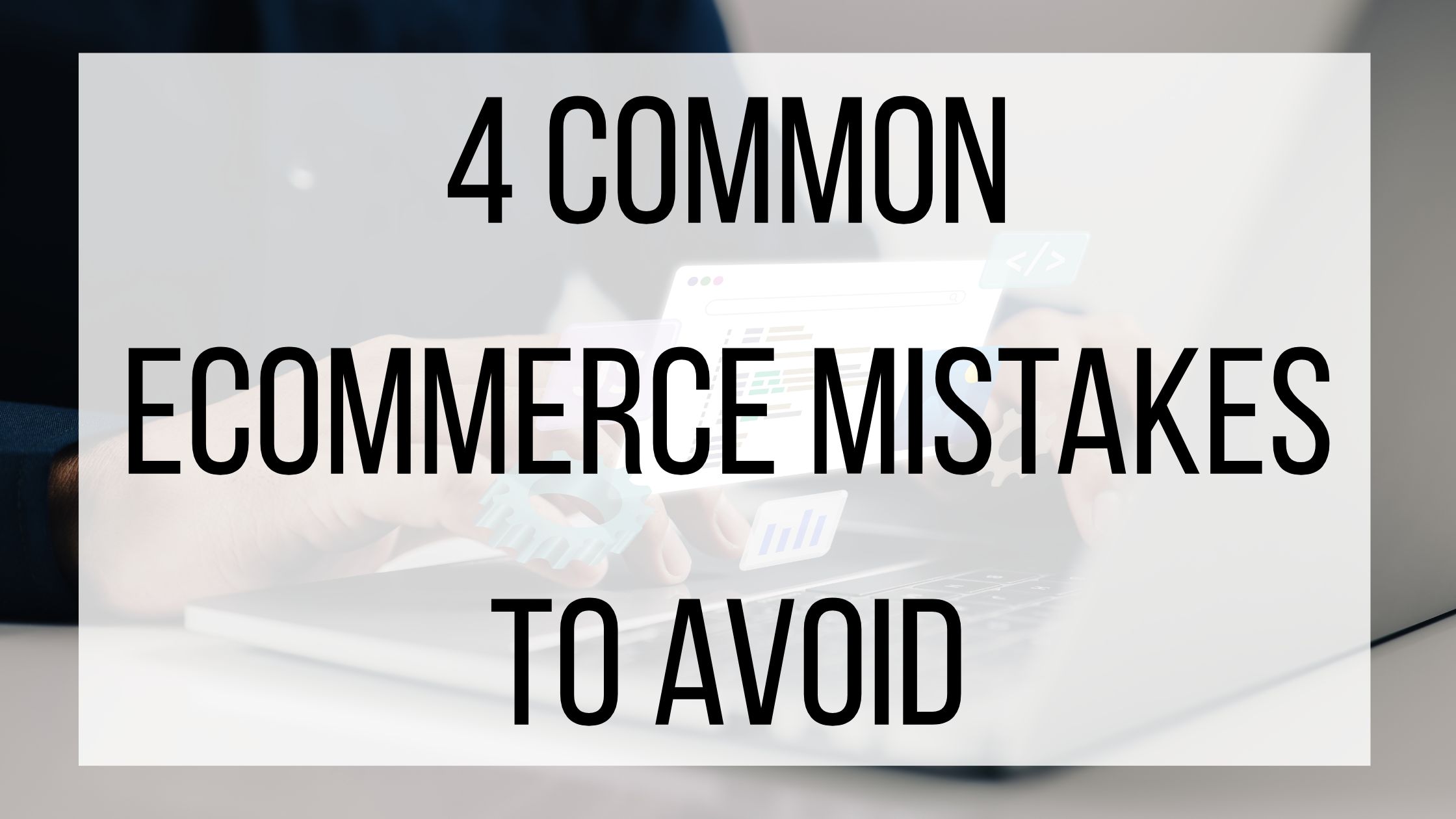Introduction To Geo-Targeting

Websites allow people to access content from anywhere in the world. For some people, this news sounds overwhelming and scary. For others, it sounds like a dream come true. A small eCommerce company could reach a businessman in Europe or a small independent developer in Mississippi. Having a diverse group of customers is something to strive for, but it can be difficult to create content that speaks to everyone. By using geo-targeting, you can make sure that your efforts are going to be well-received by everyone in your audience.
What Is Geo-Targeting?
Geo-targeting is a way to show advertisements to a specific audience, based on their location. It can be very localized (such as a certain town, or even part of a town) or broad (such as a state or country). Geo-targeting is usually important in some aspect to each company. For example, if you own and run a local restaurant, you’re going to want to target people in your area and the surrounding areas. If you are running an eCommerce business, you want to make sure you are reaching your global audience efficiently.
Why Use Geo-Targeting:
Using different approaches for different audiences can make a big difference in your conversions. Testing things such as languages, pictures, and currency can make a big difference to your audience. People look for personalization, so meet their expectations and give them relevant and accurate content!
How To Use Geo-Targeting:
Test out different aspects of geo-targeting and see what helps you convert customers the best. One of the most basic things you can start with is displaying your website in the customer’s native language, depending on where they live. Consider giving your customer’s the option to switch to their preferred language.
Use geo-targeting to display prices in the customer’s currency. Having your prices displayed clearly to them is going to make them more likely to purchase from you.
Carefully choosing what kind of visual elements you use in each geographical area. Do a little research and see what kind of colors, photographs, and videos different regions respond to. While customers in one area might love bright, fun colors, another area might prefer a more simple look. Make sure you stay true to your brand if you decide to use different visuals, so customers know that they are on the right website!
Where Can I Use Geo-Targeting?
Aside from your website, there are many social platforms you can use geo-targeting on. Facebook is one of the biggest and best platforms to try geo-targeting. Instagram makes geo-targeting very simple through its hashtags, geotags, and location tags. If you are running ads, you can also use geo-targeting to reach your ideal audience! Snapchat is not a platform many people think about advertising on, but its ads reach a large audience and can be a great resource for geo-targeting.
There is a lot that you can do with geo-targeting, but having a basic understanding of it will help you get the most out of your marketing efforts. Make sure that you track your conversion rates when trying new tactics to see what your audience likes best! Have you used geo-targeting before? What did you find the most helpful?



1 Comment
Sheryl Eichner · September 13, 2021 at 4:50 am
Yeah! Not have any doubt about a geo-targeting features, we know that how we impose our ads throughout the people.